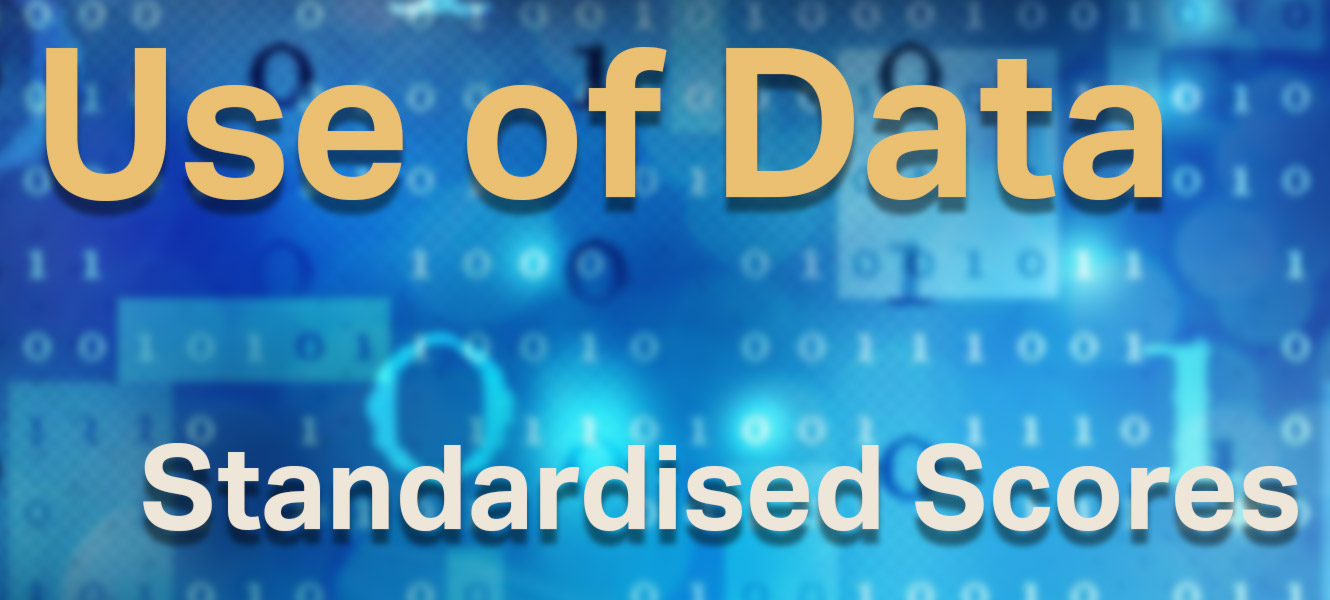
In St Louis we use a variety of data as part of learning and teaching.
Below you can find an explanation of some of the key terms we use to talk about your child's aptitude and attainment.
In 2019-20, in response to feedback from parents, we plan to share more of the data we collect with parents and pupils in order to work together to help strengthen the partnership between home and school to help all children to reach their potential.
The Standard Age Score (SAS) is the most important piece of information derived from CAT4, PTE, PTM. The SAS is based on the student’s raw score which has been adjusted for age and placed on a scale that makes a comparison with a nationally representative sample of students of the same age across the UK. The average score is 100. The SAS is key to benchmarking and tracking progress and is the fairest way to compare the performance of different students within a year group or across year groups. Targets set by teachers may vary depending on the subject your child is studying.
Below is a table which shows the relationship between standardised scores and stanines.

Prior to arriving in St Louis, Year 8 pupils take the CAT 4 test. The CAT test is a cognitive ability test provided by GL Assessment. This tests your child’s English, Mathematics, and potential to achieve. We use the data to give us an indication of your child’s areas of strength, and areas that they may need to work on. There are five results produced by the test and these are explained below. This data, combined with the score in the Progress Test in English (PTE) and the Progress Test in Maths (PTM) are used by your child’s class teacher to set a target grade. Target setting enables conversations between the classroom teacher and child and targets are aspirational: a grade your child should be able to achieve with sufficient effort.
The CAT test, combined with PTE and PTM, will be used to stream Year 8 pupils in English and Mathematics from 2020 onwards.
CAT is broken down into 5 distinct areas:
| CAT 4 Mean SAS | The mean or average of the four standardised scores below. |
| Cat 4 Verbal | Thinking with words – linked with English ability. |
| CAT 4 Quantitative | Thinking with numbers – linked with Maths ability. |
| CAT 4 Non-Verbal | Thinking with shapes – linked with the core skills your brain uses to think, read, learn, reason, and pay attention. Non-Verbal is also linked with problem-solving capabilities. |
| CAT 4 Spatial | Thinking with shape and space – linked with Maths ability. Spatial learners are those who can "see the bigger picture" when solving problems, and who possess skills much sought after in modern society. |
Pupils in St Louis take the CAT 4 test in Year 8 and again at the end of Year 10. Pupils in Year 13 will be taking the CAT test at the start of Year 13 from 2020 onwards.
The CAT test provides indicators of potential grades at GCSE and A Level. These predictions are used as part of the target setting process along with PTE and PTM where available.
The Progress Test in English (PTE) and Progress Test in Maths (PTM) give the English and Maths departments an indication of your child’s strengths and areas for improvement in English and Maths.
Using PTE year-on-year provides a reliable test of children’s attainment in the core English skills: phonics, reading, spelling, grammar, punctuation and comprehension. PTE will help the class teacher track the progress of individual students.
Using PTM year-on-year provides accurate and reliable information on students’ attainment and progress in key maths competencies. PTM will help the class teacher track the progress of individual students.
Pupils in Years 8-10 take the PTE and PTM tests once a year in Term 3 to indicate progres in the core skills of English and Mathematics.
The success of young people’s educational experience is heavily determined by the attitudes that they bring to their learning, their sense of aspiration and the feelings they have about their place in the broader social context of the school. The PASS diagnostic tool is a powerful, multi-factorial measure of student’s attitudes to school, learning and success. Its robust nature enables the data it yields to be used as a means of establishing baselines and to support effective planning, implementation and evaluation of interventions at individual, group and whole school levels.
Pupils in all year groups take the PASS survey once a year in Term 3.